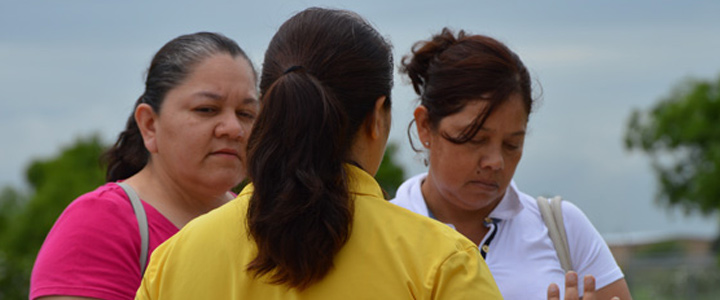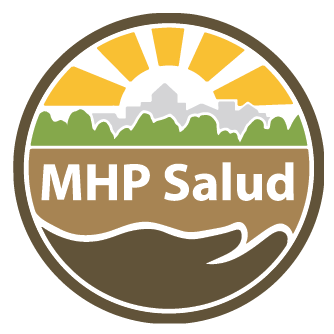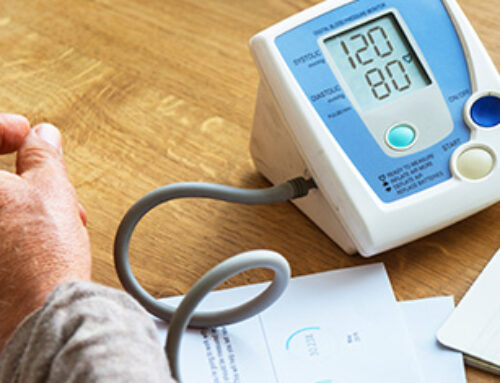These Community Health Worker Program Models Lower Patient Medical Costs

An analysis by the Connecticut Health Foundation has found that Connecticut healthcare organizations can improve patient health and save money by implementing community health worker programs.
Community Health Workers (CHWs), also known as Promotoras, help empower underserved communities by acting as a liaison between the community and health or social services organizations. Community Health Workers are characterized by being members of the community which they serve. This allows CHWs to build a foundation of trust and credibility which can ultimately help overcome challenges that clinical care teams may face when servicing members of the community.
The analysis includes four program models that insurance companies, community organizations, and hospitals systems could make use of to improve health outcomes for their target populations. In addition to improving health outcomes, implementation of these program models could also save money and achieve positive Return on Investment (ROI). These models are projected to save money by utilizing preventative care to avoid direct medical costs incurred during treatment. Essentially, ut is less expensive to teach patients to successfully manage their conditions than it is to directly treat the complications that arise from leaving conditions unmanaged.
The four program models were developed by University of Massachusetts researchers for the Connecticut Health Foundation, but are based on successful programs located elsewhere.

Community health worker programs can lower the medical costs of at-risk patients.
One model targets Latino patients with type 2 diabetes in Hartford. It projects an ROI of $1.12 for every $1 invested over the course of three years. The model uses an 18 month CHW program that includes home visits, counseling, exercise and health education for the target population. This intervention keeps the program participants from incurring direct medical costs to treat complications that may arise from unmanaged diabetes. This model also projects a social return of 14 recovered work days per 18 months for each adult enrolled in the program, due to fewer sick days being used.
Another one of the four models targets patients with chronic disease who visit the ER several times a year. It projects an ROI of up to $2.40 for every $1 invested. This model uses community health workers to engage patients and connect them to primary care providers, which can reduce expensive emergency room visits.
It should be stressed that these programs can achieve a high ROI due to the effectiveness of CHWs in reaching underserved populations. Many members of these populations have undiagnosed conditions, such as diabetes or other chronic diseases, which may go unrecognized or unmanaged. Often, these patients will end up in an emergency room for a complication that could have been avoided with proper diagnosis and preventative by primary care physician. The models put forth by Connecticut Health Foundation indicate that it is more cost effective to use Community Health Workers as instruments of preventative care and chronic disease management than it is to treat patients in the emergency room.
About MHP Salud
MHP Salud has over thirty years of experience implementing CHW programs and training organizations looking to start and/or strengthen their own CHW programs. For more information about MHP Salud, our services, and how we can help you, please email us at info@mhpsalud.org







